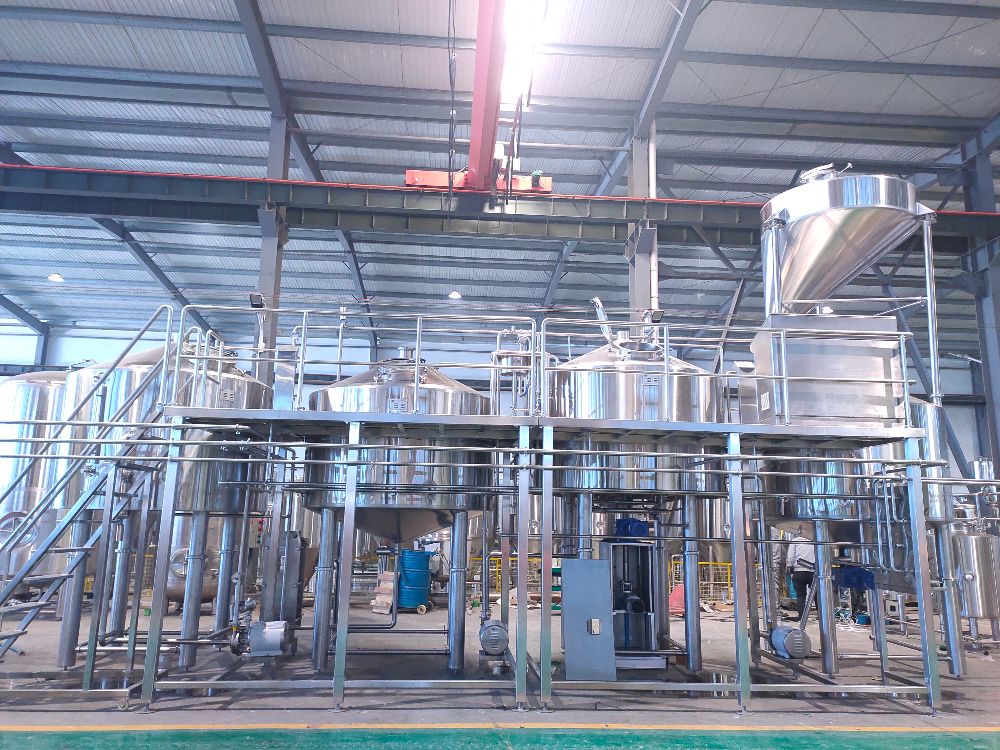How to Grow Hops
- Dec 15, 2021
- 76
- tiantai
Just about anyone is capable of growing hops right in their own backyards. The process starts with procuring rhizomes, which are root segments are taken from older plants. These can be found from a number of reputable dealers all over the country. Growers can also purchase potted hops plants, which can then be planted in their home gardens.
Maintenance of hops plants is relatively easy, as they are robust enough to withstand many different environmental factors.

Planting:
It’s best to choose a sunny spot for your hops plants. You’ll also need a means of support as they grow. Hops plants climb as they get bigger, and many growers construct wire supports, which allows the hops plants to curl upward. This is recommended as some vines can grow well over twenty feet long.
It’s best to plant your rhizomes at least three feet apart, at a depth of about one to two inches. Plants will grow exceedingly fast at first, with plants sometimes growing a foot per day. It’s best to do your planting early in the spring, once frost is no longer a concern. Take care when watering and fertilizing your plants; too much or too little can prove detrimental to your yield.
Harvesting:
Harvest ranges from mid-August to mid-September depending on where you’re located. When harvesting, one should be aware of what to look for to indicate whether your plants are ready.
Smell is important in this capacity, as well as the look and feel of the plants. Hops will smell most pungent when ready for harvest, and they should appear light in color and feel dry to the touch when ready. Once harvested, hops should be dried before being incorporated into beer. This can be done using an oven, food dehydrator, or a self-made hop dryer.
Without the addition of hops, beer just wouldn’t be the same. Growing your own for brewing purposes can be a great experience for both master brewers as well as novices. A small home garden is all you need to take your home brewing to a new level.
Derrick
Sales Manager
[email protected]
Tiantai Beer Equipment
Maintenance of hops plants is relatively easy, as they are robust enough to withstand many different environmental factors.

Planting:
It’s best to choose a sunny spot for your hops plants. You’ll also need a means of support as they grow. Hops plants climb as they get bigger, and many growers construct wire supports, which allows the hops plants to curl upward. This is recommended as some vines can grow well over twenty feet long.
It’s best to plant your rhizomes at least three feet apart, at a depth of about one to two inches. Plants will grow exceedingly fast at first, with plants sometimes growing a foot per day. It’s best to do your planting early in the spring, once frost is no longer a concern. Take care when watering and fertilizing your plants; too much or too little can prove detrimental to your yield.
Harvesting:
Harvest ranges from mid-August to mid-September depending on where you’re located. When harvesting, one should be aware of what to look for to indicate whether your plants are ready.
Smell is important in this capacity, as well as the look and feel of the plants. Hops will smell most pungent when ready for harvest, and they should appear light in color and feel dry to the touch when ready. Once harvested, hops should be dried before being incorporated into beer. This can be done using an oven, food dehydrator, or a self-made hop dryer.
Without the addition of hops, beer just wouldn’t be the same. Growing your own for brewing purposes can be a great experience for both master brewers as well as novices. A small home garden is all you need to take your home brewing to a new level.
Derrick
Sales Manager
[email protected]
Tiantai Beer Equipment

.jpg)


